Design Workshop: Is It Time to Let Basements Become Extinct?
http://decor-ideas.org 05/07/2015 06:23 Decor Ideas
Should we build basements at all? In light of our evolving energy codes and a genuine interest in doing the right thing environmentally, it’s a question architects are frequently asking themselves and their clients. To properly answer the question, it helps to understand the true purpose of a home’s foundation.
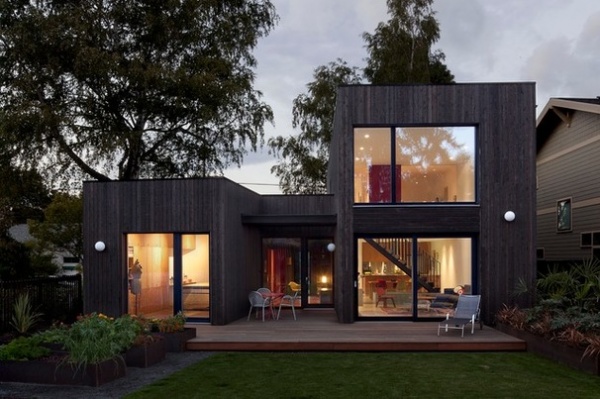
Fundamentally, the foundation is there to support the building and transfer the structural loads from above the ground to the earth. In northern climates, where frost is a concern, we have to protect the building from heaving. In more temperate locations, it’s the soils or lateral load concerns (wind, seismic etc.) that determine the foundation type. Just as frost creates conditions of movement, clay and expansive soils can present problems.
Here in Maine, to get below frost depth requires digging 4 feet belowground. Building convention has added to that an additional 4 feet to create the traditional “full-height foundation” and basement space. But it’s not necessary.
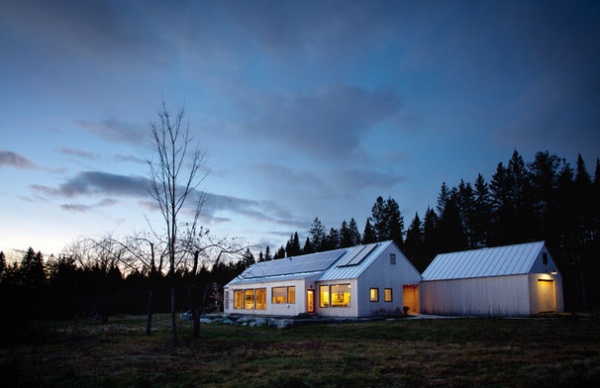
We can support and transfer building loads by pouring a reinforced concrete slab on grade, and protect it from frost and heaving by properly insulating it. If an alternate foundation can accomplish all that we need a foundation to do, then the question becomes, do we actually need the space a full basement provides?
Of course, there are plenty of objections to the notion of getting rid of basements. But I argue that there are an equal number of solutions to these objections, and they can actually cost less than basement construction.
Objections and Solutions
Objection: “I need the storage space.”
We’re so accustomed to basements that we’re often loath to give them up simply out of tradition. But ask yourself whether basement storage is actually useful for storing the things you need to keep there. Would you store textiles there? Artwork? Family heirlooms? Books?
Basements are cool, often damp spaces that mark the things we store there with a certain mustiness no matter how well the space is conditioned.
Solution: Consider alternative storage areas such as attics, outbuildings and garages. Or design storage as part of the above-grade building envelope. Building up, when possible, is usually less expensive than digging in. These spaces are much easier to control, and much less expensive to build efficiently and to condition.
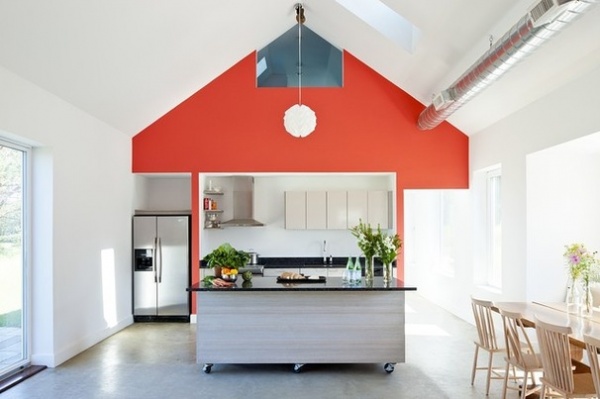
Objection: “What about sewer and plumbing connections through the concrete slab?”
Solution: Plan ahead and work with an architect or a designer. A concrete slab cast on grade is less flexible than a full foundation and framed floor; there’s just no getting around that. Infrastructure like plumbing and electrical must be coordinated prior to pouring the slab, but that work isn’t necessarily more expensive than the conventional alternative. If you have doubts, next time you’re in a grocery store or any large-scale commercial building, ask if there’s a basement. The reason there isn’t one is that there are overwhelming cost benefits to building this way.
Find an architect or a designer near you
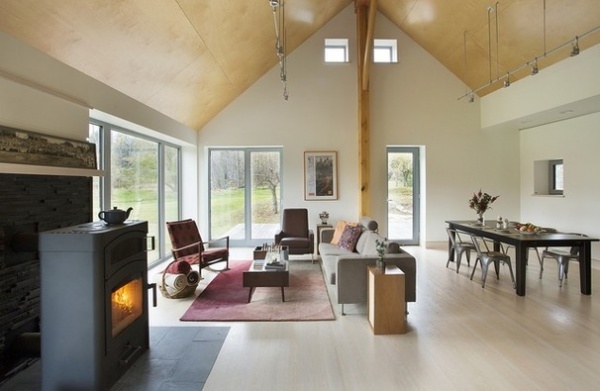
Objection: “The basement is the best place for the mechanical systems in the home.”
Solution: While it’s true we often use a full basement to house the equipment needed to run our homes, we can create a dedicated mechanical space aboveground that’s easily accessible and sound isolated.
As our homes become more and more superinsulated, the footprint that mechanical systems consume, as a percentage of our home’s floor area, is actually decreasing. Most mechanical systems can fit in relatively modest closet areas above grade. Designed and isolated properly, they can be integrated and hidden in any floor-plan arrangement.
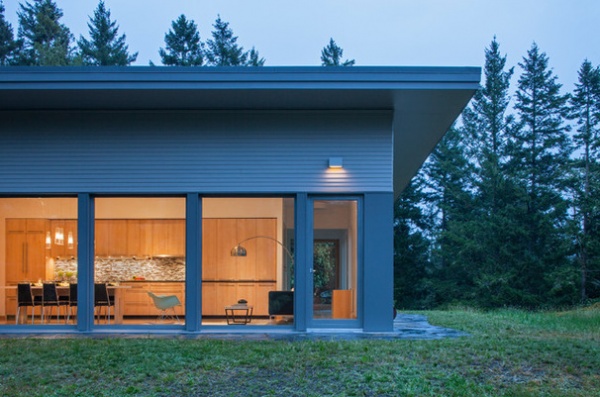
Objection: “Don’t we need to place our foundations below the frost line to keep the finished house from moving?”
Solution: Designed properly, a frost-protected slab on grade won’t heave. At about 20 or 30 feet below the earth’s surface, the temperature is fairly constant, between 55 and 60 degrees. Historically in northern climates, we’ve addressed the frost-heave problem by digging deeper than frost can penetrate and placing our foundation footings there.
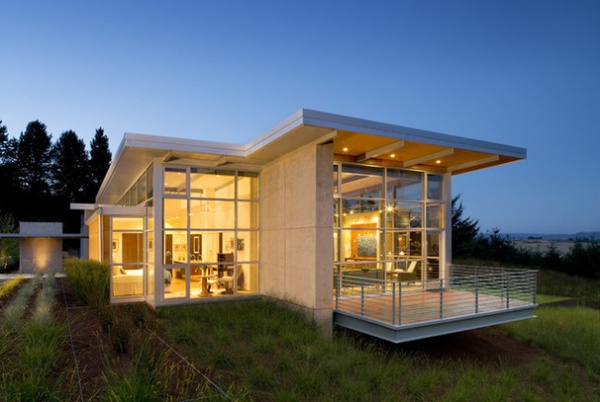
But frost penetrates the ground from air surrounding the foundation, too. As it gets very cold in the winter, the frost presses deeper and deeper. If we keep the frost from penetrating the ground around the slab and warm the foundation by capturing some of the earth’s latent heat, the foundation will no longer have to go as deep.
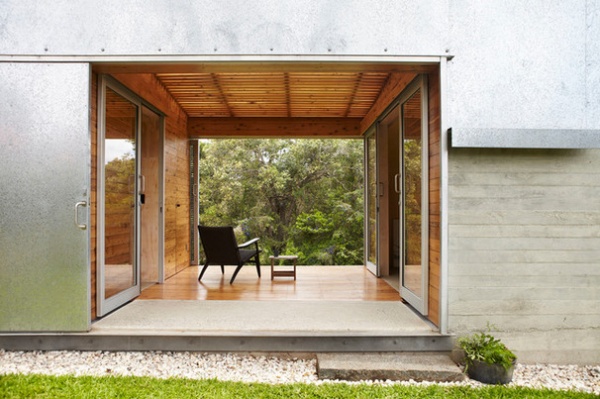
This is commonly done by extending insulation board outward from the exterior of the building, keeping it hidden below the finished ground surface. For every foot we extend the insulation horizontally, we can reduce the required footing depth by 1 foot, an even exchange. So it follows that 4 feet of horizontal insulation will protect a foundation typically requiring 4 feet of depth.
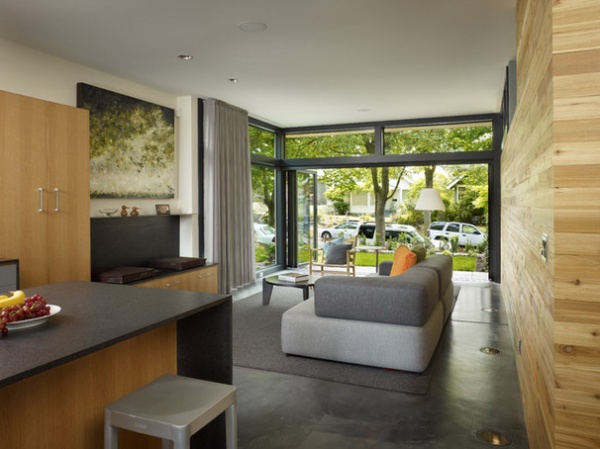
Reasons Not to Build a Basement
Basements are expensive. The notion that a basement is the cheapest space you can build just isn’t true. To create a deep foundation — one tall enough to stand and store things in — requires mobilizing many different trades. There’s site work, excavation, removal, trucking, stockpiling of soil, backfilling, compacting, and rough and final grading. There’s drainage to install, concrete formwork to assemble and disassemble, footings, walls and slabs to pour, followed by more insulating and waterproofing — then the first-floor framing can begin.
See what’s involved in digging down
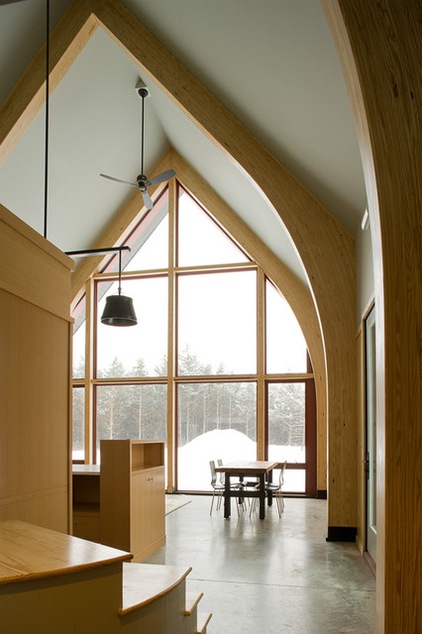
When you break it down into the individual components, basement space is actually quite expensive to construct. Why not convert the floor slab you would’ve poured in the basement into the finished interior surface of the ground floor instead? Choosing to forgo the full-height foundation and basement will save the cost of the first-floor framing and much of the first-floor finish cost (although there’s still concrete to polish and seal).
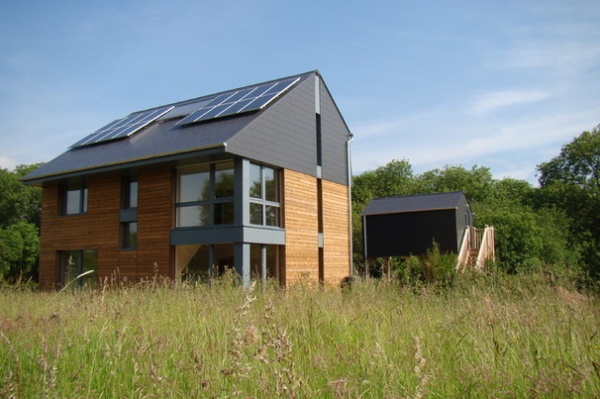
Basements are resource intensive. Concrete should always be used efficiently, because it’s a material that has an extremely high embodied energy, meaning it takes a lot of energy to make it. The production of the cement in concrete is responsible for roughly 5 percent of global carbon dioxide emissions.
Full-height (8-foot, plus or minus) foundation walls consume many cubic yards of concrete and require reinforcing with steel (another high-embodied-energy material) to keep them structurally sound. Add the insulation (for the walls), waterproofing and floor framing, and you can see just how much raw material goes into making this system possible.
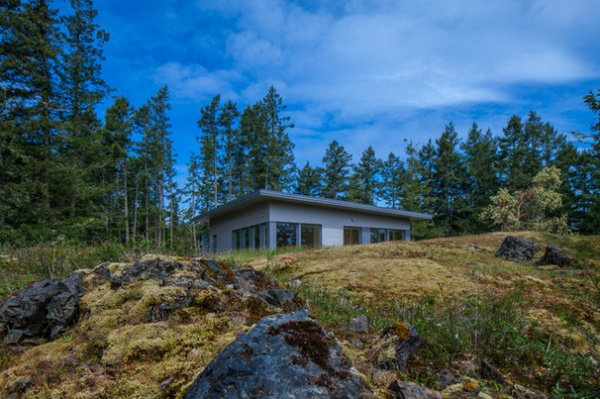
Basements impact the site. Minimizing site impact is a conceptual attitude toward the land that may or may not be practical based on the site conditions. When we can, it’s always preferable to do as little harm to an existing site as possible. Installing a full foundation to capture basement space is perhaps the most intrusive option of all. For sloping sites or sites with poor soils, basements are often unavoidable, but choosing a foundation that requires less excavation and site work should be explored first.
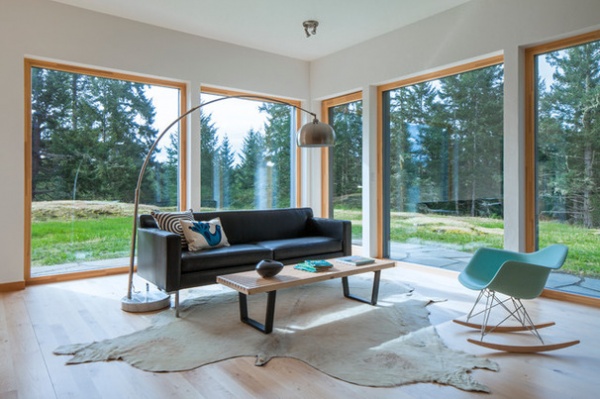
Basements need conditioning. Advances in building science have taught us that basements can no longer be left unconditioned. We must treat them as part of our living spaces or risk moisture problems. If you choose not to condition a basement space, you’ll still have to contend with a large volume of cooler air beneath your living space. Basement space tends to be higher in humidity, and to keep it from supporting mold growth, it has to be properly insulated and conditioned, all of which requires a lot of energy.
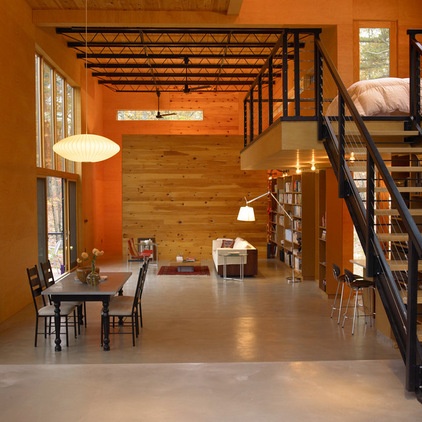
Basements affect interior health. Finished basements are tricky spaces to design in a way that prevents condensation and mold from becoming long-term problems. From a design perspective, the ground surrounding a full foundation is assumed to be persistently cool and wet. When we raise the inside temperature of a basement even just a little, somewhere between the finished interior and the exterior, there’s a point at which water vapor will condense — the dew point. If the dew point coincides with your finished wall assembly, water vapor will condense and mold will soon follow. There’s a saying here in Maine that the only dry basement is the one you don’t build.
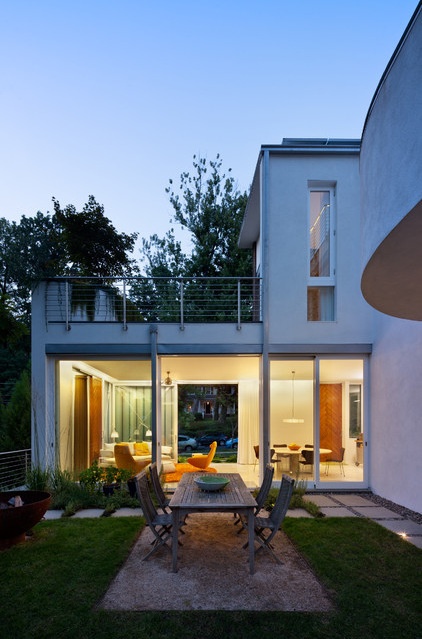
Embracing new building practices, especially when it comes to the all-important foundation, isn’t easy. But forgoing the basement has a tailwind of economy and energy efficiency steadily pushing it toward adoption.
More:
How to Make a Home Sit Lightly on the Land
More Living Space: Making Room for Family
Related Articles Recommended












